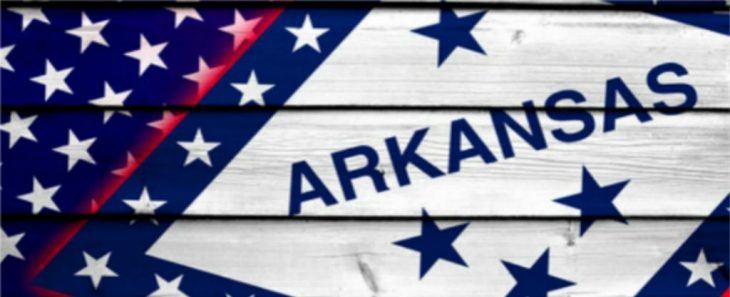Population growth strongest in Northwest Arkansas cities, Little Rock and Fort Smith see small gains
by May 25, 2017 11:46 am 5,229 views

Northwest Arkansas cities are growing more quickly than cities in other areas of the state, according to data from the U.S. Census Bureau.
Bentonville’s population increased 5.4% to 47,093 in 2016, from 44,666 in 2015. If Bentonville had a population of at least 50,000 and had grown at the rate it did between 2015 and 2016, it would have been the sixth fastest growing city in the nation.
The South has 10 of the 15 fastest growing cities in the United States, according to the Census Bureau. The following are the fastest growing U.S. cities along with their growth rate, between 2015 and 2016: Conroe, Texas, 7.8%; Frisco, Texas, 6.2%; McKinney, Texas, 5.9%, Greenville. S.C., 5.8%; Georgetown, Texas, 5.5%; and Bend, Ore. 4.9%.
On Thursday (May 25), the bureau released updated population estimates for U.S. cities, as of July 1, 2016, and Bentonville saw the largest rise in population of any major Northwest Arkansas city, between 2015 and 2016. Rogers’ population rose 2.6% to 65,021, from 63,379. Fayetteville saw a rise of 1.7% to 83,826, from 82,456. Springdale grew 1.4% to 78,557, from 77,482. Since 2010, the population in the cities has increased 33%, 16%, 14%, and 13%, respectively.
In northeast Arkansas, Jonesboro grew 1.5%, to 74,889, from 73,808. Since 2010, the population has increased 11%. Fort Smith’s population narrowly increased to 88,133, adding only 95 people since 2015. Since 2010, the population has risen 2%.
In central Arkansas, Little Rock added 346 people, rising to 198,541, and North Little Rock’s population fell by 228 people, dropping to 66,278. Since 2010, the population in the cities has risen 3% and 6%, respectively.

“Primarily people are still moving to this region for the jobs,” he said.
Also, the amenities, arts and culture, transportation, and breweries are some of the other things that makes Northwest Arkansas “a pretty attractive place,” Jebaraj said.
Specifically regarding transportation, the Northwest Arkansas Regional Airport provides decent connections for air travel across the country.
As a whole, Northwest Arkansas is the 22nd fastest growing metropolitan statistical area in the nation and grew 2% to a population of 525,032 people in 2016, according to Census data released in March.
Nationwide, New York remains the largest U.S. city, with a population of 8.5 million, more than twice as large as Los Angeles (3.9 million), the second largest city in the nation. Chicago, with a population of 2.7 million, is the third largest. Phoenix, Ariz., had the largest numeric increase of any city, adding 32,113 or about 88 people per day, between 2015 and 2016. By comparison, Northwest Arkansas added about 31 people per day in the same period.
Of the 19,510 incorporated places in the United States, about 76% or 14,801 had less than 5,000 people in 2015. Only 3.9% or 752 cities had a population of at least 50,000. The number of homes increased by 911,000 to 135.7 million in 2016. The 0.7% growth rate was about half of what it was in 2007 at 1.4%.
